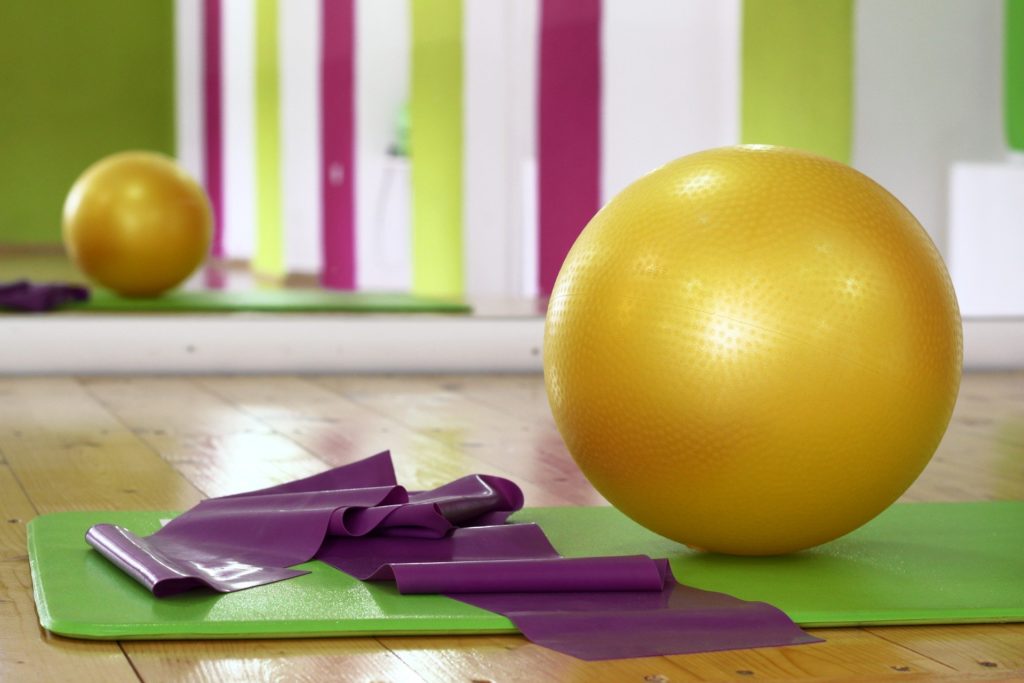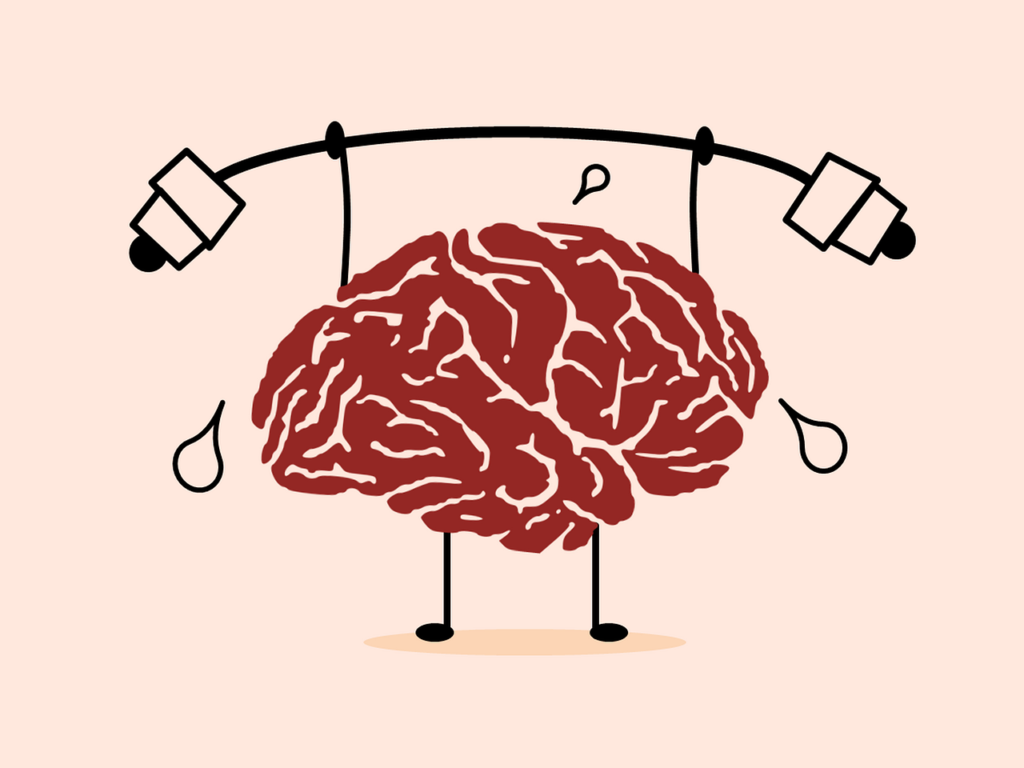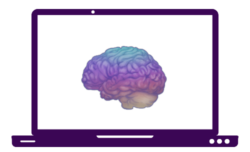Hello and welcome to my blog. This month I wanted to focus on the benefits of exercise on mental health in particular. This is because a lot of us will have made new year’s resolutions and may struggle with keeping up their motivation. I wanted to give you the neuroscience behind exercise, so you understand the positive impact that physical activity has on your body and mind, and also, how it’s possible to keep motivated. Also, if you have a long term health condition, how I’ve found it possible to be active with a wonky body. From being de-conditioned and in my wheelchair a lot to walking a little each day.

Why does our motivation dissipate after a few weeks/months of the new year? Personally, I find that we put and an awful lot of pressure on ourselves to ‘get fit’ and ‘lose weight’ at this time of year. This added pressure with this time of year never seems to mix very well. SAD is real and is something that can really affect your mood. SAD causes you to have less motivation than normal and in turn, less of the good brain chemicals we need. This added pressure also causes a vicious circle. You’re tired after a hard day at work, you had planned to go to the gym, your hungry and just want to go home and put your feet up. Your stress bucket is very full and so the primitive emotional brain wins and you go home, curl up and feel guilty about not going. This guilt perhaps manifests itself into an even lower mood, poor eating such as sugary things or ‘naughty’ snacks to help you get a quick fix of energy you so desperately need. Sound familiar? Or perhaps you are someone who has really good intentions and ends up paying for a gym membership each month and never goes. Paying for it makes you feel ok about it though, right? 😉
These scenarios come from personal experience. I’ve been in both scenarios in my life and also the people around me too. We are our own worst enemy. As they say, knowledge is power, so I am going to give you the low down on what happens in the brain when you exercise. Having this understanding will help motivate you. This is because you will see that there are specific chemicals we release when we exercise which can’t get very easily any other way. Our brain rewards us for this positive activity, it actively encourages you to keep moving. I’m not expecting you to go out and run a marathon, however, even going for a walk or a swim, is really good for your mental health.
Exercise and Brain Health

Exercise releases the good brain chemicals we need to boost our mood. It also stimulates parts of the brain which is responsible for memory and learning. Chemicals such as endorphins, dopamine, norepinephrine and serotonin.
Endorphins interact with the receptors in your brain that reduce your perception of pain. This chemical also triggers a positive feeling in your body, similar to that of morphine. A lot of my clients report that they feel like they are ‘buzzing’ when they have started their exercise again. That is the feeling I am describing here. Serotonin is a chemical I talk about A LOT. Keeping active regularly can positively impact on your serotonin levels. This helps to boost your overall mood and your sense of well-being. This chemical also increases your confidence, motivated you and reduces your fears and pain levels too. On top of this, it helps you to sleep better too. It truly is a beautifully magical chemical, which I actively encourage my clients to do things that help them to release it.
Exercise and Brain Growth

Brain-derived neurotrophic factor (BDNF) is a protein found in the brain and spinal cord and participates in neuronal plasticity, which is essential for learning and memory. Exercise promotes synaptic plasticity, growth, and the survival of neurons. It is for these reasons that BDNF is also known as the fertiliser of the brain. Exercise of one of the main ways in which we get BDNF. More and more studies have shown that decreased levels of BDNF are associated with depression and are actually enhanced following antidepressant treatment. Interestingly, exercising frequently does lead to an increase of the BDNF in the central nervous system which promotes the improvement of our cognitive ability and mood.
There is an evolutionary purpose for us receiving these rewards, all for ensuring our survival as an animal species. Physical activity usually meant there was immediate danger. We would respond to that danger by running away from it and also it instigated a better functioning brain. This is because it would increase our brains plasticity in order to adapt to new stress sources. These new sources of stress would enable us to learn to avoid dangers or how to better respond to them. It would also enable us to map out our surroundings and the locations of these hazards (Noakes and Spedding, 2012). All of these responses to the stress required our brains to improve our memory.
During exercise, the heart rate is increased and therefore it increases blood flow and even resistance to injury. Exercise is even showing to reduce the chances of neurodegenerative and psychiatric diseases.
Motivation
How can we maintain our motivation for exercise after the new year’s resolution spark has subsided?

Well, firstly, instead of making ‘going to the gym’ your goal, try adding something you enjoy doing into your daily or weekly routine. Start small and build it up. You do not need to hit the gym every night to get fitter. Averaging around 30 minutes of moderate aerobic exercise a day or every other day is a good goal. You can even break this up into 10-15 minutes intervals if you like. If you have a long term health condition, you may want to break this down even further to get you started. That is OK to do! If you have been particularly wheelchair-bound for some time like I was, your body will have unfortunately de-conditioned and you will need to take it extra steady with your activity to get started.
Have a think about what you enjoy doing that get’s your heart going. Personally, I love walking my dog and swimming. As I have an awkward and uncooperative body (hEDS), I have to think about the impact the type of exercise has on my joints. So, low to non-impact exercise is best for the hypermobile community. This means we are perhaps a little more restricted than the average bear as to what we can do to start, however, we can grow the amount and what we do long term.
Do you prefer being part of a team or group activity? There are many clubs/Teams for ALL ages and ALL levels of activity. Aquafit, netball, walking netball, basketball, wheelchair basketball and loads more alternatives. Check out your local community centre or sports hall for what they have to offer. Working in a team when exercising gives you a double boost of brain chemicals! Our brain also rewards us for interacting positively with others. So whilst interacting with others during the sport or exercise you’ve chosen, forging and building friendships with them gets that serotonin flowing!
Exercise and Long Term Health Conditions

Swimming is wonderful for all. Swimming works the WHOLE body and also gets your heart going beautifully. If you are not very mobile at the moment, perhaps walking in the water would be a good place to start. The resistance of the water will work your muscles, whilst standing engages your core muscles and the buoyancy of the water reduces the stress on your joints. Struggling to keep upright as your core isn’t quite there yet? Try holding onto floats or pool noodles for stability or even walk along the edge and hold onto the side to help. This is where I started.
Using floats in the water for resistance training is really useful too! Have a chat with your physiotherapist in regards to this and perhaps you can come up with a rehab programme you can do at your local pool! I was a very lucky individual. My local hydro pool had sessions you could book with a physiotherapist that was hypermobility syndromes friendly! I have even kept in touch with her until this day, she is wonderful. Hydrotherapy is amazing for those that have joint and muscle pain as the heat of the water can help reduce the pain signal and give them some relief. This and the buoyancy of the water again which relieves that pressure off them.
Your Daily Routine

So take a moment. Have a think. What aerobic exercise, in particular, do you like to do that gets your heart working? How can you get this exercise to be incorporated into your daily routine? Perhaps you start with something as simple as parking a little further away from the entrance of your work. Perhaps you are one who skips your breaks in favour of sitting at your desk? Now would be a good time to break that cycle and use that extra time for going for a brisk walk around your building.
Let me know what you decide and whether you have found this blog useful. I look forward to hearing about your positive activity or activities you have chosen and if this blog gave you a little more motivation for activity as you now understand the brain and body benefits of it. Always speak to your GP when considering a new exercise regime. It is important to have their input too, especially if you have a long term health condition.
Until next time, take care of yourselves and don’t forget to self-care!
Kim Clayden
HPD,
DfSFH, MNCH, AfSFH (reg) CHNC (reg)
Solution Focused Psychotherapist & Clinical Hypnotherapist

It’s a great point that exercise usually really helps with your mood because your brain releases a lot of chemicals. My partner and I are trying to find new ways to exercise this year and I think swimming is a great choice. We want to build a pool on our property so that we can swim in the mornings in our own backyard.